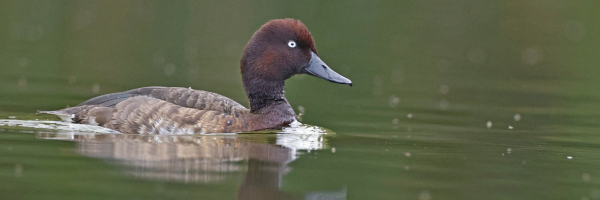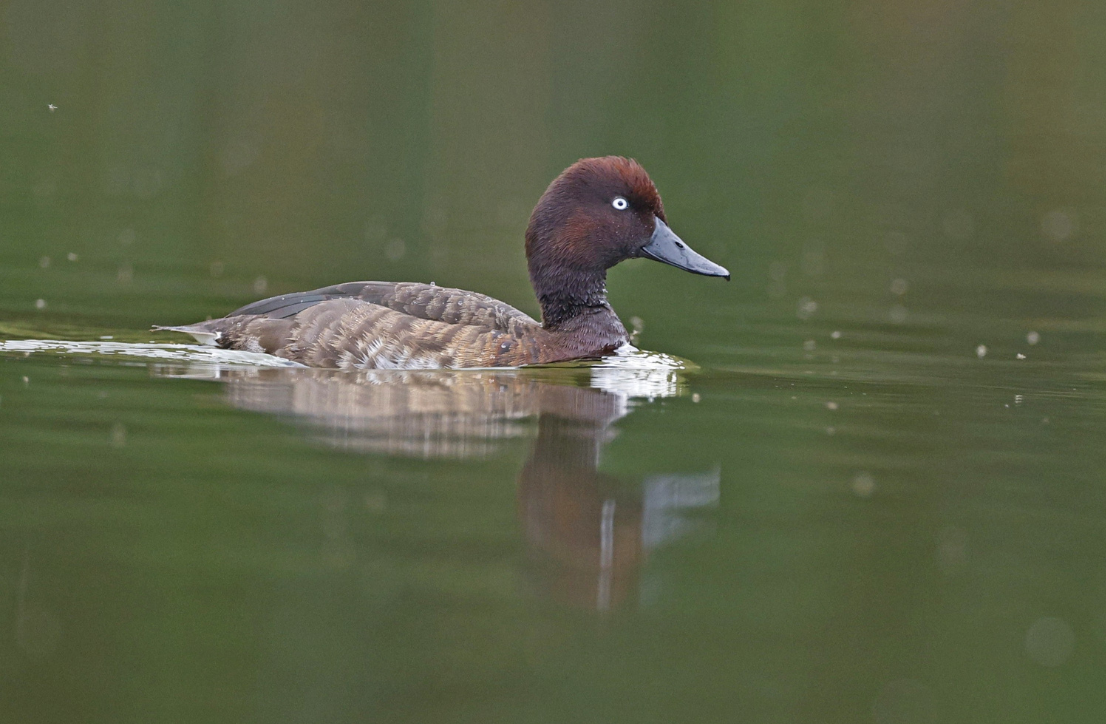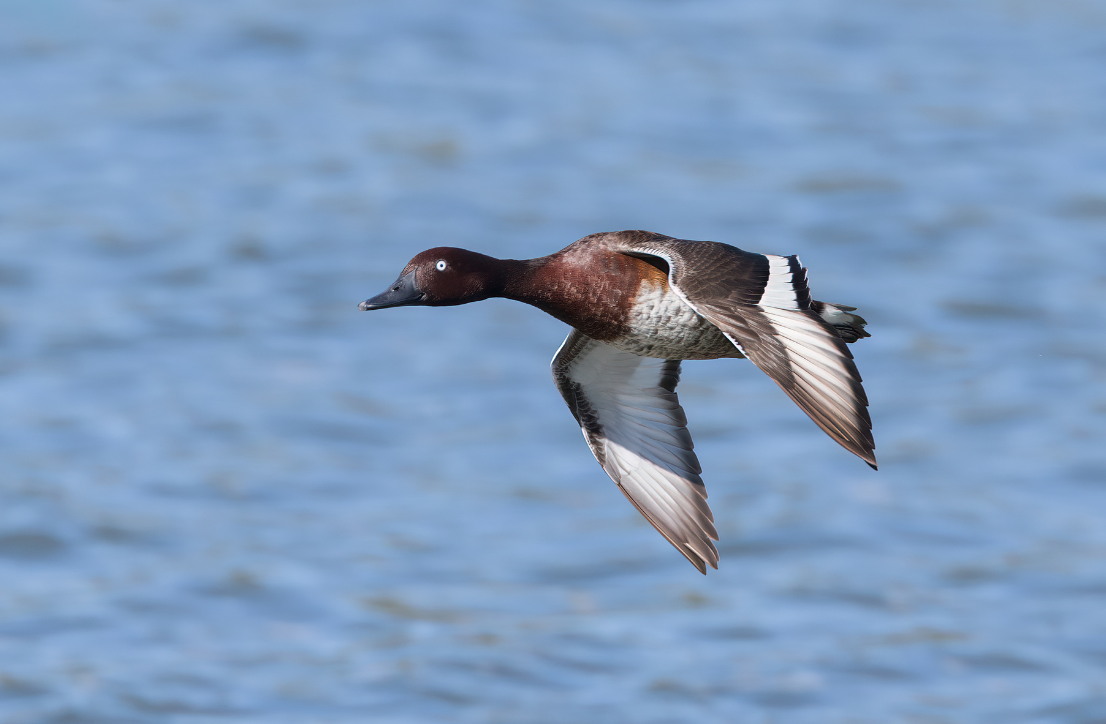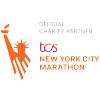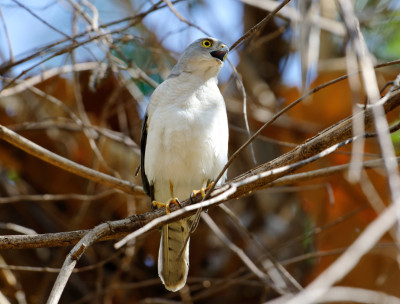Russell Thorstrom
In 2006, our Madagascar Program helped rediscover the Critically Endangered Madagascar Pochard, a species of duck that hadn’t been seen in 15 years, near Bemanevika in northern Madagascar. Since then, the species has been carefully monitored by Madagascar biologists. The rediscovery of the species, along with other ecologically important findings in the area, led to the protection of the region, now the Bemanevika Protected Area.
In December 2024, our Madagascar Program Director, Dr. Lily-Arison René de Roland, and his colleagues released a publication in Wildfowl with population and duckling survival trends for the Madagascar Pochard from 2011–2021. They were surprised to find that the duckling mortality rate peaks at two weeks of age, a trend that differs from most wildfowl where duckling mortality rates are high in newly-hatched ducklings but then quickly decline. The researchers examined whether variables such as predation, weather, timing of breeding, or food availability were correlated with nestling survival, but did not find any strong evidence that any are linked strongly to mortality. They suggest that it is likely not a single factor that impacts duckling survival, but a combination of factors, encouraging more research on the Madagascar Pochard’s population trends and duckling survival in the Bemanevika Protected Area.
Wondering why our biologists are publishing research on waterfowl? In Madagascar, over 90% of plants and 80% of all animal species are found only in the island nation, and over 40% of the flora and fauna species are listed as Vulnerable, Endangered, or Critically Endangered by the IUCN. Because of this incredible threat to biodiversity, collaboration across disciplines is important to protect Madagascar’s unique ecosystems. Our Madagascar team works with local communities to restore and protect habitat while documenting and monitoring native wildlife. The work our biologists do in the field not only benefits raptors but ecosystems as a whole, preserving the incredible biodiversity in Madagascar.
